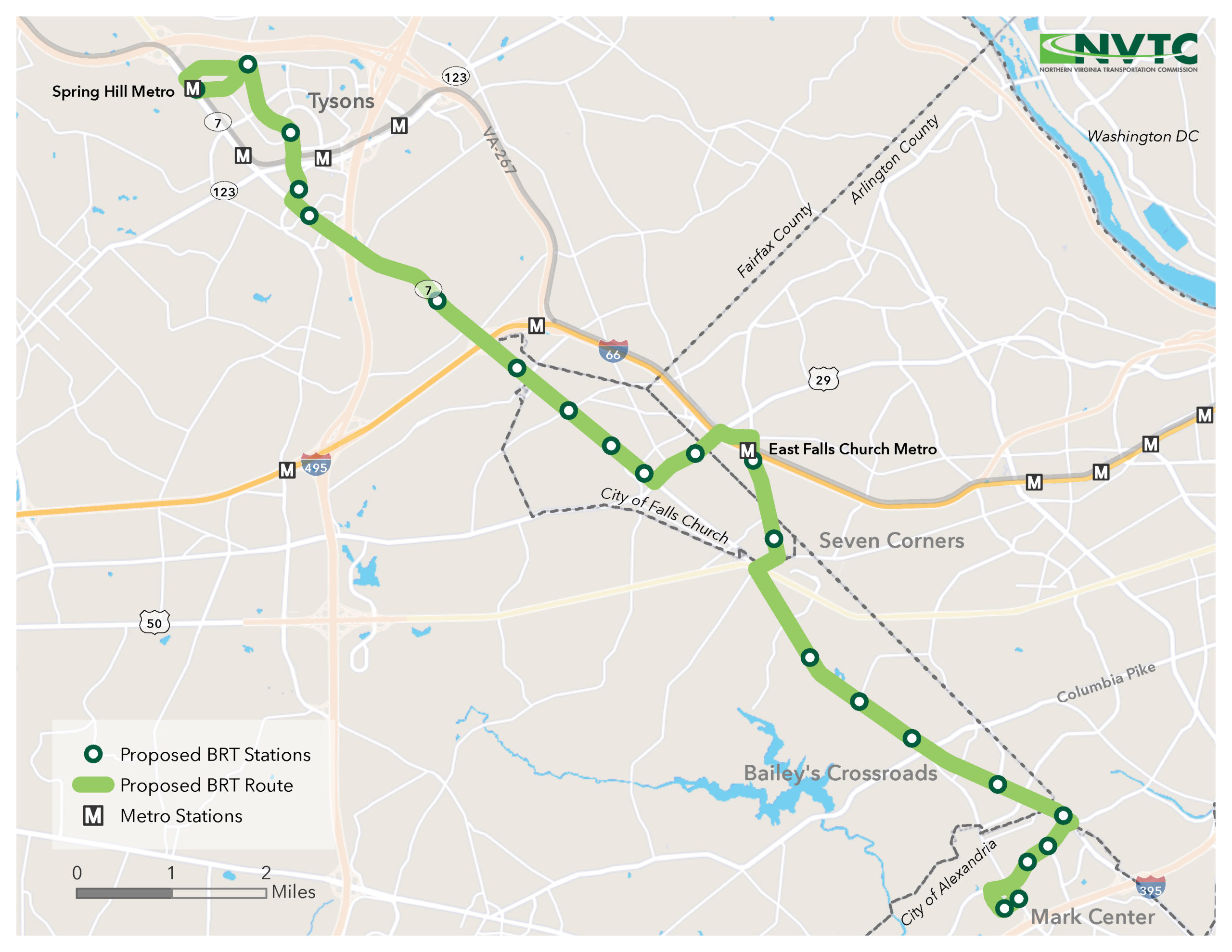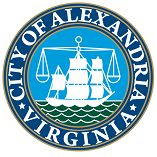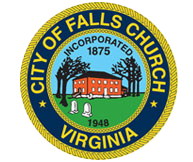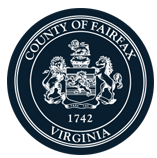NVTC leads the planning process for Envision Route 7, a Bus Rapid Transit (BRT) system designed to connect the Mark Center in Alexandria to Tysons via Bailey’s Crossroads, Seven Corners and Falls Church along the Route 7 corridor.
- Route 7 is the second busiest bus corridor in Northern Virginia, with ridership that remained strong during the COVID-19 pandemic
- Route 7 is a vibrant, diverse corridor
- BRT on Route 7 would:
- Upgrade transit quality through the 14-mile corridor
- Connect major job centers
- Connect to two Metrorail stations and one BRT service
- Serve more than 7,500 transit dependent riders each weekday
- Increase pedestrian access to transit 20%
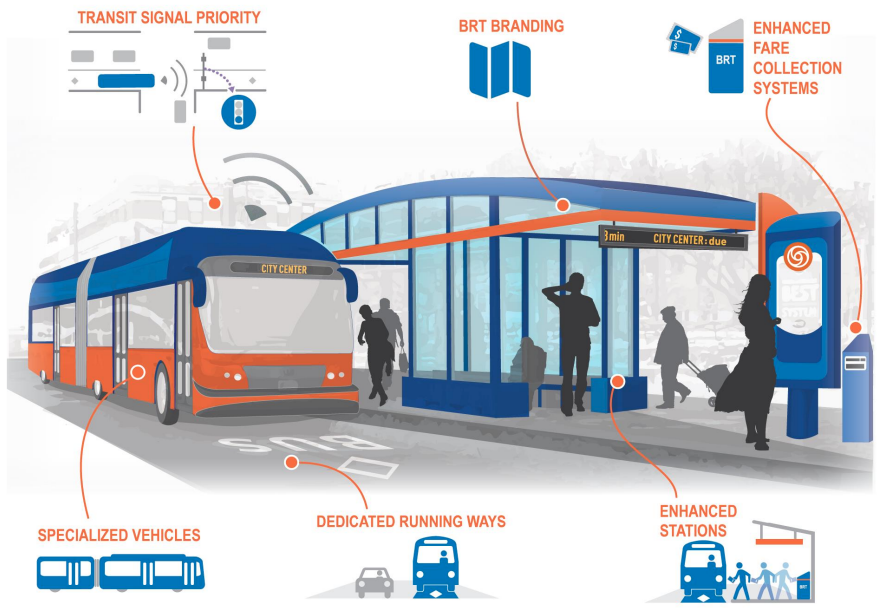
What is BRT?
Bus Rapid Transit (BRT) is a high-quality bus-based transit system that delivers fast and efficient service that may include dedicated lanes, busways, traffic signal priority, off-board fare collection, elevated platforms and enhanced stations.
image source: Madison Corridor Bus Rapid Transit, SDOT 2015
Poised for Change
By 2040, corridor population and job growth is expected to grow by 35%. As this area grows, BRT is expected to generate approximately 30,000 boardings each day, 25% of those are new trips and two-thirds of which will be for shopping and recreation.
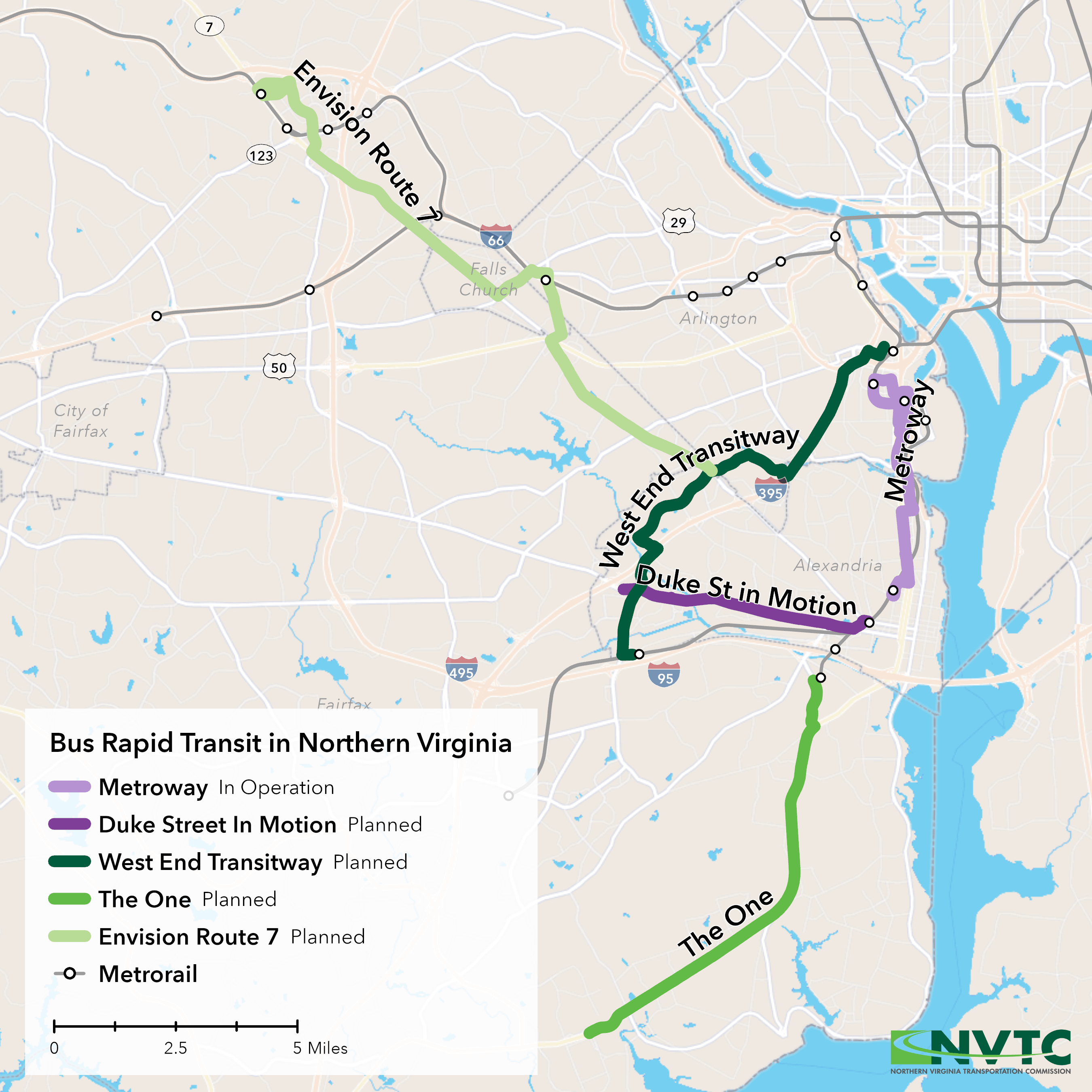
A Northern Virginia BRT Regional Network
The Route 7 BRT project is part of a larger, regional network of BRT services planned in Northern Virginia that includes the Metroway BRT in the City of Alexandria and Arlington County, the West End Transitway in the City of Alexandria, and the Embark Richmond Highway BRT in Fairfax County.
The next phase of NVTC’s Envision Route 7 BRT project is the Phase 4-2 Mobility Analysis Study will examine the segment from Seven Corners in Fairfax County to the Mark Center in Alexandria.
Phase 4-2 will build off previous analysis by NVTC and the Fairfax County Department of Transportation and include the following study objectives (preliminary):
- Define the mobility benefits of BRT and facilitate an understanding of the BRT project and
- Understand the operational impact of BRT along the study corridor.
Phase 4-2 is anticipated to start in the first half of 2024 and take approximately 12 to 18 months.
The goal of the first part of the study, Phase 4-1, was to evaluate and determine the mobility benefits and impacts resulting from the proposed BRT from Tysons to Seven Corners.
Phase 4-1 analysis required the development of a traffic micro-simulation model and built off ongoing efforts by the Fairfax County Department of Transportation (FCDOT).
The study objectives for Phase 4-1 were (Route 7 from Tysons to Seven Corners):
• To estimate the mobility benefits of BRT along Route 7;
• To understand the traffic impacts of BRT along Route 7;
• To evaluate traffic operational issues with a BRT operating along Route 7; and
• To facilitate the public understanding of how a BRT would operate along Route 7.
The Envision Route 7 Phase IV Mobility Analysis study started in later half of 2020 and was completed in the Fall of 2023.
Phase 3 involved conducting a conceptual engineering study that helped to refine the project cost, identify potential areas of concern, develop a potential staging strategy, and provide guidance on preserving the required right-of-way. This study identified right-of-way that could be utilized by the BRT and guide jurisdictions in their subarea and sector planning.
This conceptual engineering study involved the development of planning level drawings of the BRT alignment, right-of-way requirements, and roadway geometry (e.g., typical sections and critical vertical clearance) along the corridor. The development of a concept level design helped identify and allow for mitigation strategies of possible fatal flaws or locations of concerns, including issues related to right-of-way and/or structural limitations that would (or would not) accommodate the proposed BRT (e.g., exclusive lane).
The Phase 2 Study focused on determining which mode best serves the corridor, where and if the BRT should deviate from Route 7. Phase 2 found that Bus Rapid Transit (BRT) along Route 7 from Mark Center to Tysons, via the East Falls Church Metro Station is a viable transit solution for the corridor providing added connectivity and multimodal choices. The key activities in the Phase 2 work were to estimate the potential demand and forecast the ridership, compare possible alternative modes, determine possible funding mechanisms and strategies, and provide a high-level cost estimate for both capital and operating cost. The BRT showed high demand across all trip purposes. The service would benefit not only commuters with key connections to Mark Center, Tysons, and Metro; but serve other trip purposes including shopping and recreational trips. The travel demand forecast showed approximately two-thirds of the new riders traveling for non-work purposes.
Phase 1 assessed the existing issues and identified the potential opportunities that could be leveraged to improve the Route 7 corridor. It identified a suite of potential transit options that could improve mobility and accessibility in the Route 7 corridor.
- Evaluated the transit options based on planning-level feasibility assessments.
- Narrowed the transit options to be evaluated further in Phase 2.

